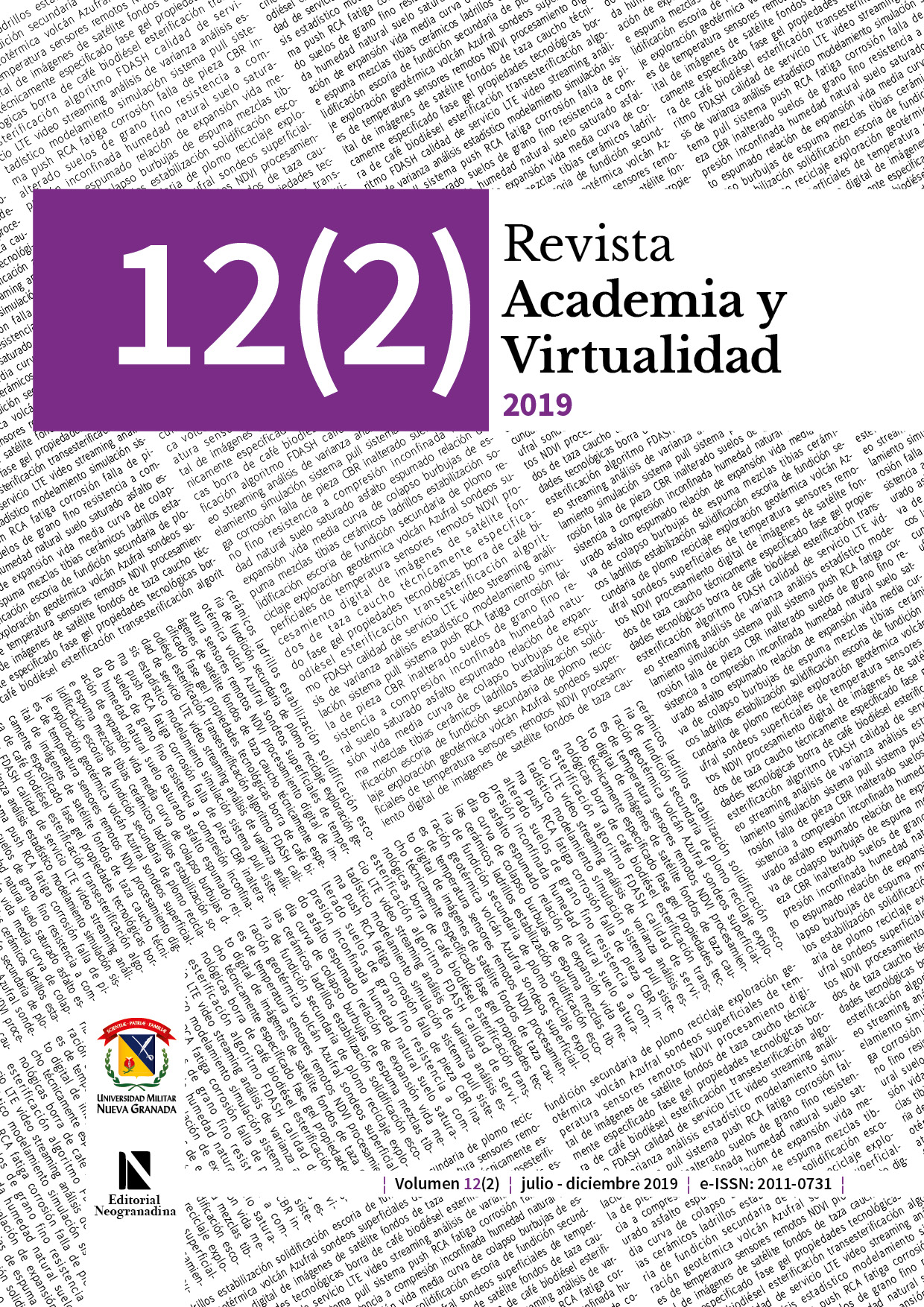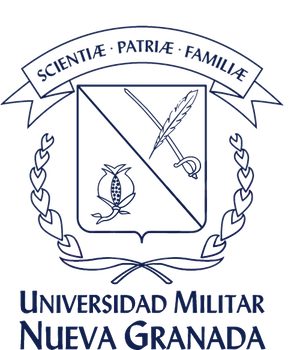Implementing Tolerance towards Minority Groups in an English Lesson Plan: A Proposal for People with Down Syndrome
Abstract
Even though tolerance towards minority groups seems a truism, students at early ages need to be educated on this issue. Minorities include categories such as race, religion, sexuality, cognitive disability, autism, physical impairment, among others. The aim of this paper is to present different English lesson plans prepared by students in which the inclusion of people with Down Syndrome is stated. Broad efforts have been made on an institutional level, but this study presents a more pointed focus. This proposal integrates the topic into the syllabus of an English class because this subject provides an invaluable opportunity to put social matters into practice. To this end, an example of an English lesson plan prepared by future English teachers is offered in which respect, tolerance, and acceptance towards people with Down Syndrome is implemented. Results show that values flow naturally while teaching a subject and that creativity is an asset in this work.
Downloads
References
Allport, G. W. (1959). Attitudes. In G. Lindzey (Ed.), Handbook of Social Psychology (pp. 798-894). Boston: Addison-Wesley Publishing Co.
Darrow, A.A. (2017). Teaching Tolerance in the Music Classroom. General Music Today 30(3), 18-21.
Ghergut, A. (2001). Psihopedagogia persoanelor cu cerințe speciale. Strategiide educație integrată [Pedagogy of persons with special needs. Strategies for integrated education]. Iași: Polirom.
Ghergut, A. (2006). Psihopedagogia persoanelor cu cerinţe educative speciale. Strategii diferenţiate şi inclusive în educaţie [Pedagogy of persons with special education needs. Differentiated and inclusive strategy in education]. Iaşi: Polirom.
Grose, T. A. (2010). The Xinjiang Class: Education, Integration, and the Uyghurs. Journal of Muslim Minority Affairs, 30(1), 97-109.
Larousse (1998). Dicționar de psihologie [Dictionary of Psychology]. București: Univers Enciclopedic.
Levina, L., Lukamonva, O., Romanovskaya, L., & Shutova, T. (2016). Teaching Tolerance in the English Language Classroom. Procedia - Social and Behavioral Sciences, 236, 277-82.
Lupu, N. (2017). Teachers Opinions towards the Integra- tion of Students with Special Needs in Mass Education. Transilvania University of Brasov, Series VII: Social Sciences and Law, 10(1), 29-36.
Makharadze, T. (2010). Social Integration of Adults with Intellectual Disabilities in Georgia: Lessons from Poland and the USA. International Social Work, 53(1), 47-59.
Marger, M. (1994). Race and Ethnic Relations. Belmont, CA: Wadsworth.
Moore, J. (2006). Shattering Stereotypes: A Lesson Plan for Improving Student Attitudes and Behavior toward Minority Groups. The Social Studies, 97(1), 35-39. DOI: 10.3200/TSSS.97.1.35-39.
Obama, B. (2010). Remarks by the President at the signing of the 21st Communication and Video Accessibility Act of 2010. Obama White House Archives. Retrieved from: https://obamawhitehouse.archives.gov/ the-press-office/2010/10/08/remarkspresident-signing-21st-century-communications-and-video-acces- sib
Sansour, T. & Bernhard, D. (2018). Special Needs Education and Inclusion in Germany and Sweden. Alter, 12(3), 127-139.
Shaukat, S., & Iqbal, H. M. (2013). Prospective Teachers’ Locus of Control, Persistent Behaviour, Classroom Anxiety and Professional Mastery Beliefs. Pakistan Journal of Psychology, 44(2), 35–52. Retrieved from https://search.ebscohost.com/login.aspx?direct=true&db=a9h&AN=97396795&lang=es&site=eds-live&scope=site
Southern Poverty Law Center (2016). Teaching tolerance. Retrieved 2020, Feb. 06 from https://www.splcenter.org/
The Chartered Insurance Institute (2018). Inclusive Language Guidelines. Retrieved 2020, Feb 06 from https://www.cii.co.uk/media/10120292/inclusive-language-guidelines.pdf
Unesco (2012). Teaching Respect for All. Retrieved 2020, Feb. 06 from https://es.unesco.org/
United Nations Humans Rights (n.d.) Minorities under In- ternational Law. Retrieved 2019, Mar 21 from https://www.ohchr.org/en/issues/minorities/pages/internationallaw.aspx
Verza, E. (1998). Bazele psihologice ale educației integrate [Psychological foundation of integrated education]. In E. Verza & E. Păun (Eds.), Educaţia integrată a copiilor cu handicap [Integrated education of children with disabilities] (pp. 29-35). Bucureşti: Asociaţia Reninco România.
Williams, G. J. & Reisberg, L. (2003). Successful Inclusion: Teaching Social Skills through Curriculum Integration. Intervention in School and Clinic, 38(4), 205-10.
Zitrev, J. (2017, Sept. 19). How do you see me? Retrieved from https://www.youtube.com/watch?v=OlUhpWM-N9W4












